The Future of In-store Shopping Experience – The Blurring Line between Physical/Virtual
Will be the future of in-store shopping experience dominated by the eCommerce giant Amazon? Will it eventually replace brick and mortar? The question has been asked over and over again. So this time, let’s rephrase the question – Can you imagine, one morning, finding a new Amazon Kindle that you have not ordered on your doorstep, delivered by a futuristic, insect-looking flying object with a smile on it?
Following its technological extravaganza called Amazon Drones a couple of months ago, (i.e., airborne robots that deliver the products within 30 minutes after ordering online), once again, they made the front page coverage of news in technology & science recently.
This time the news are more realistic. You will be likely to receive packages from Amazon, even BEFORE you order them online. But don’t panic, you won’t find random things keep appearing outside of your house. You won’t wake up one Sunday morning to find a collector’s edition of Twilight DVD laying on your patio. Nothing more frustrating than being charged for what you don’t want.
Whether it is an iPhone5 or a new Kindle, Amazon predicts your product preferences from your browse history and order history. Sneaky smart sales strategy, isn’t it?
But it does offer a great degree of efficiency. A speedy delivery of whatever you will potentially need or want. It would be even more efficient, if there were several of people with the same interest living in the same apartment/neighborhood.
What impact will this bring to traditional shops? – Undoubtedly, a negative one.
The Economist featured a controversial article on the impact of innovation and technology revolution on unemployment. But, we shouldn’t jump into a conclusion. To answer the first question, Amazon is not likely to annihilate traditional high-street stores. But it will change the future of in-store shopping experience. There is specific things that Amazon has not done well – social interaction and ‘’touch and feel’’ (while it has done a great job with sci-fi extravaganza).
Nevertheless, shops are losing their competitive advantage in social interaction, thanks to social media prevalence. Besides, you can’t deny the trend of online retailers among the millennial generation.
Here is the crucial part, more and more retailers will need to integrate the latest digital technologies in their stores to fight back Amazon’s octocopters and its smart marketing strategy. Simply just for the sake of survival.
Some big brands’ shop windows have already installed a giant digital touchscreen where people can browse the collection. Sales assistants in New Balance will be equipped with iPad app to quickly check stocks. Shoppers will soon receive short messages from nearest retail shops about offers and discounts, when they walk passing by them. Smartphones will be able to tell you which aisles to browse and what accessories go well with the shirt on mannequin. The recent technology called iBeacon informs retailers where exactly you are inside the store so that they can give you relevant product information and offers at the exact time you need them. Research showed that most consumers are seemingly prepared for these kind of new services, as long as they are relevant and valuable for them.
WD Partners says about 65% of consumers tend to trust retailers on sharing location data, and 62% of them will be likely to use retailer apps more frequently inside shops (according to WD Partners featured on Forbes article). So relevance and speed of in-store digital services will eventually blur the dividing line between online and offline shopping. The next couple of years should be filled with interactions between consumers and retailers. The in-store environment will be coloured by digital entertainment that promotes more elaborate online AND offline social experience.
In Europe, McDonald’s and Walmart have started making the shift, as they installed thousands of touchscreens and self-checkout this year. According to an article on eConsultancy, Nordstorm already uses mobile POS system so that customers can check-out anywhere in stores.
A dedicated techno-savvy staff or even stylists will be the key competitive advantage, offering bespoke advice, attentive service and real social interaction. More shops will consider installing a cosy lounge sofa with café. The electronic stores might want to transform themselves into some sort of pseudo-clubbing places to offer a dynamic shopping experience, says the Forbes Online.
So it should be clear now that the future of in-store shopping experience requires integration of more modern technologies to supplement retailer’s traditional competitive advantage – social experience of in-store shopping. The upcoming years will witness the shops integrating more digital technology to strengthen the in-store shopping advantage. Soon, we can no longer draw the clear line between online and offline shopping because these two will become increasingly intertwined.
So, apparently, consumers are more welcoming to shops integrating digital and real shopping experiences. The vital question is, are retailers prepared for this?
Sources: CNN online, eConsultancy, Business Insider, Forbes online
Subscribe To Us








.jpg?mw=310)




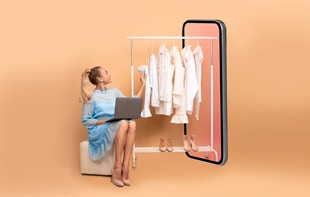
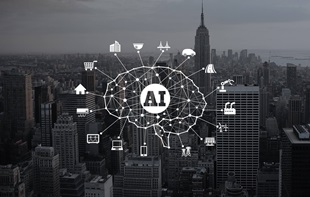


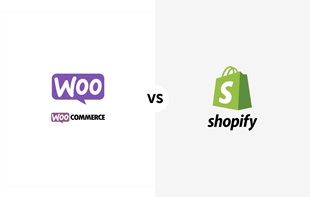
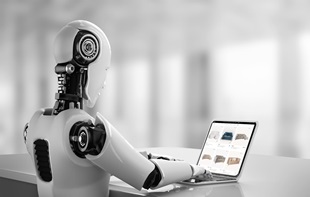














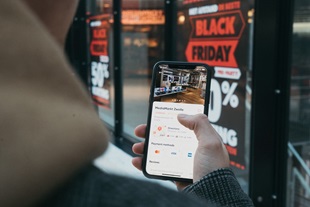
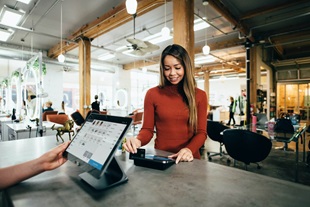

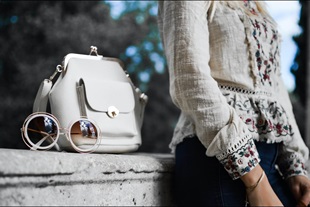

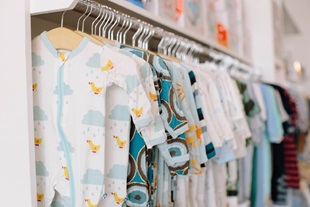







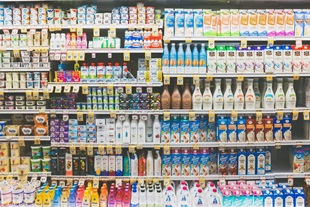
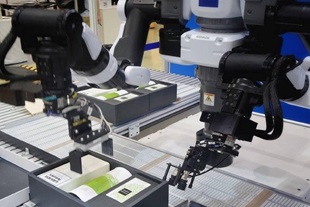

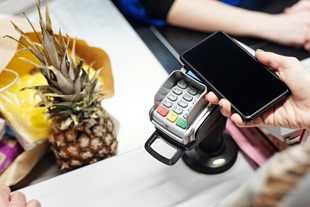




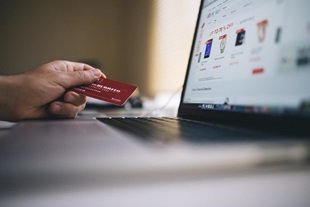


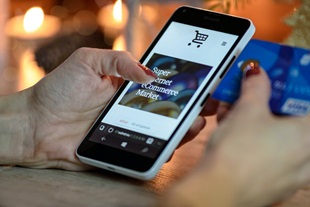
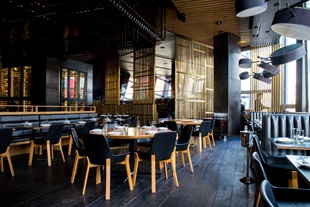
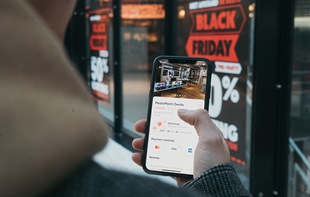

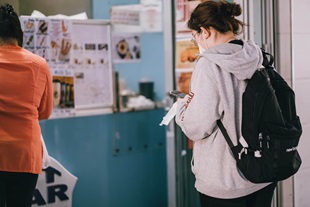


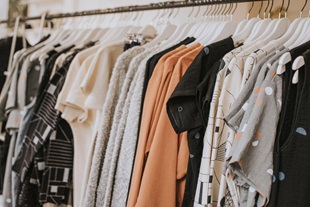


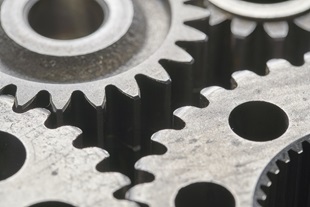
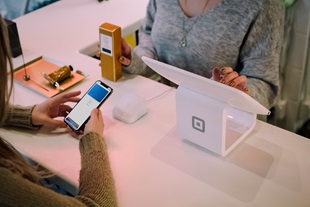



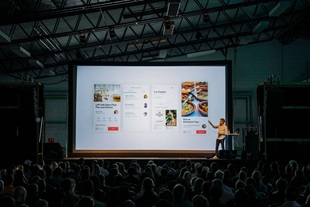
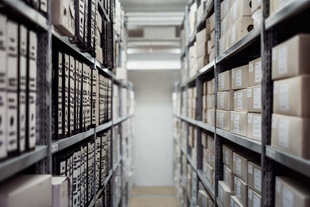



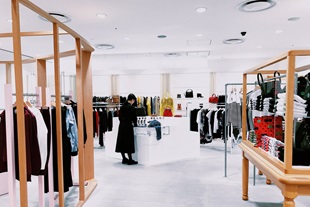

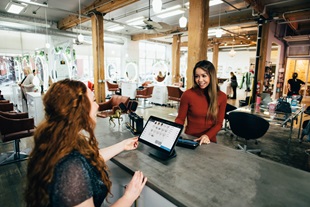
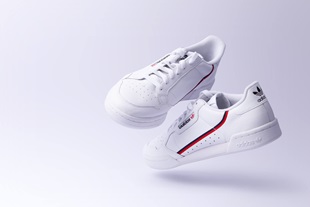










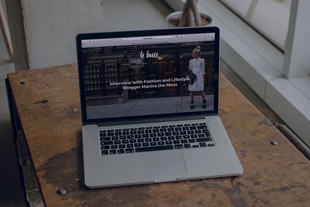






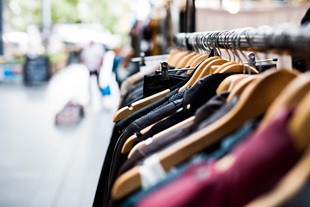


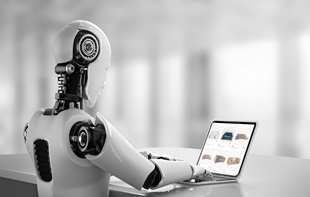
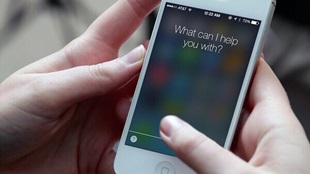

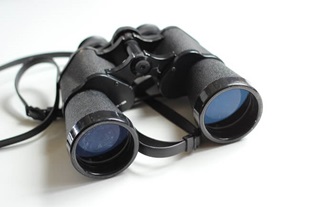




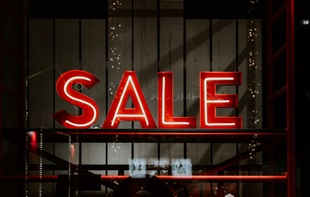

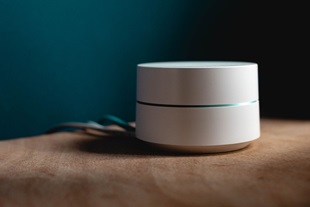

.jpg?mw=310)
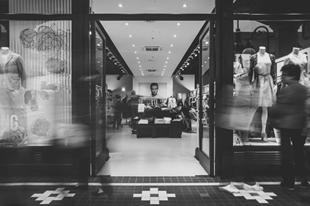




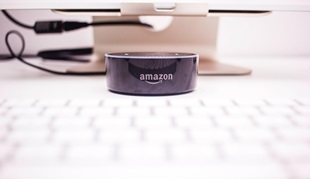











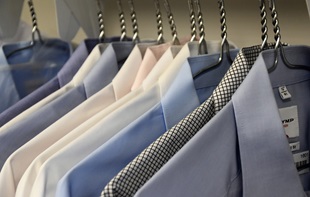


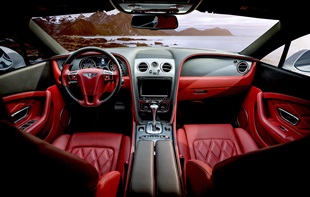






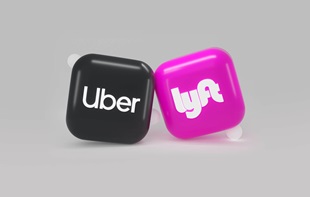
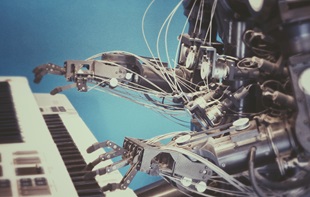


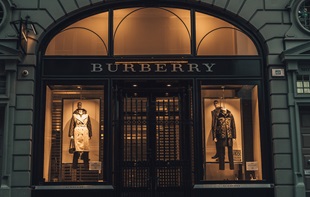

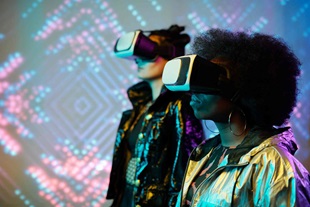

![10 latest trends in digital marketing for beauty brands [Part.2]](/-/media/Appnova/Blog/ScreenShot20151026at1500471940x567/10-latest-trends-in-digital-marketing-for-beauty-brands-Part-2.jpg?mw=310)
![10 latest trends in beauty web design and digital marketing [Part.1]](/-/media/Appnova/BannerImages/18376519151_bbeaa6dafc_b-1/trends-in-beauty-web-design-and-digital-marketing/10-latest-trends-in-beauty-web-design-and-digital-marketing-Part1.jpg?mw=310)
![From story-telling to story-showing: What makes a lifestyle eCommerce? [Part.2]](/-/media/Appnova/BannerImages/ScreenShot20150929at143416/From-story-telling-to-story-showing-What-makes-a-lifestyle-eCommerce-Part-2.jpg?mw=310)
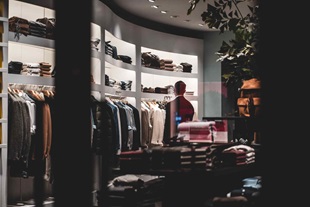

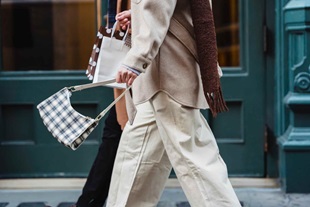


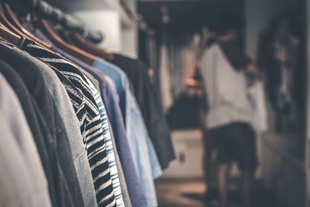


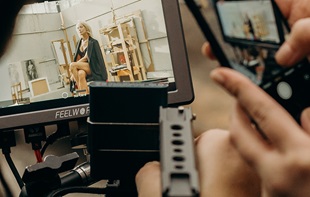
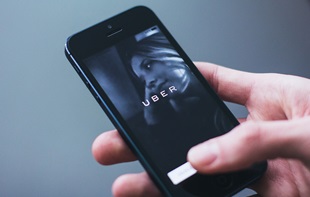


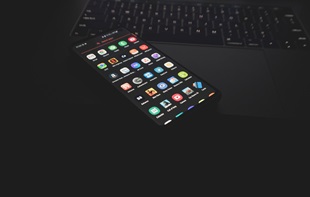
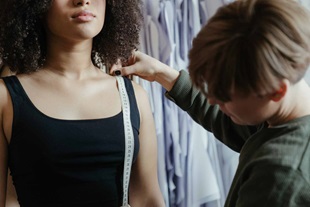

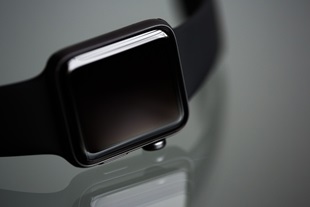

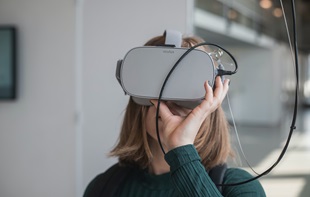
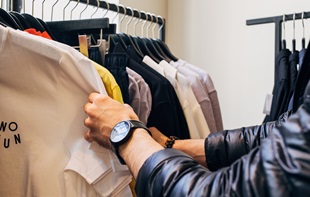

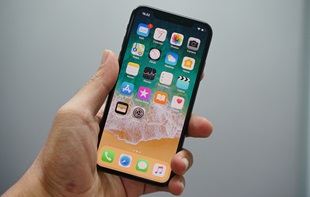

![The generation of me, myself and I – Me-commerce will remain strong. [Infographic]](/-/media/Appnova/BannerImages/mecommerce-cover/mecommerce-cover/The-generation-of-me-myself-and-I--Mecommerce-will-remain-strong.jpg?mw=310)

![A Whole New E-commerce World – Alibaba and the forty others [Infographic]](/-/media/Appnova/BannerImages/camel/camel/A-Whole-New-E-commerce-World-Alibaba-and-the-forty-others.jpg?mw=310)








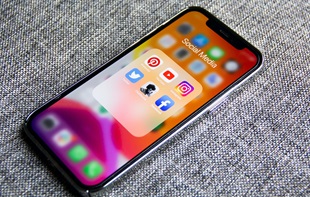




.jpg?mw=310)

0.Comments